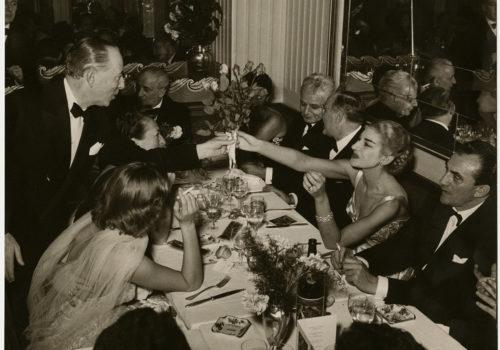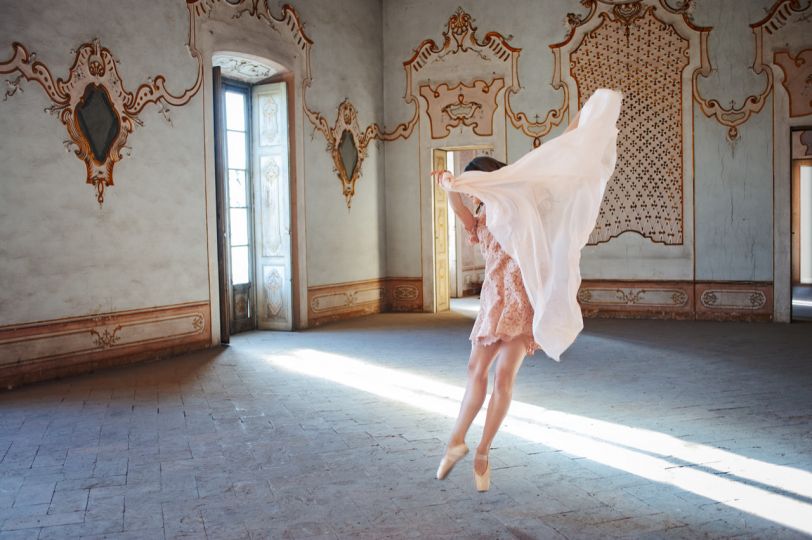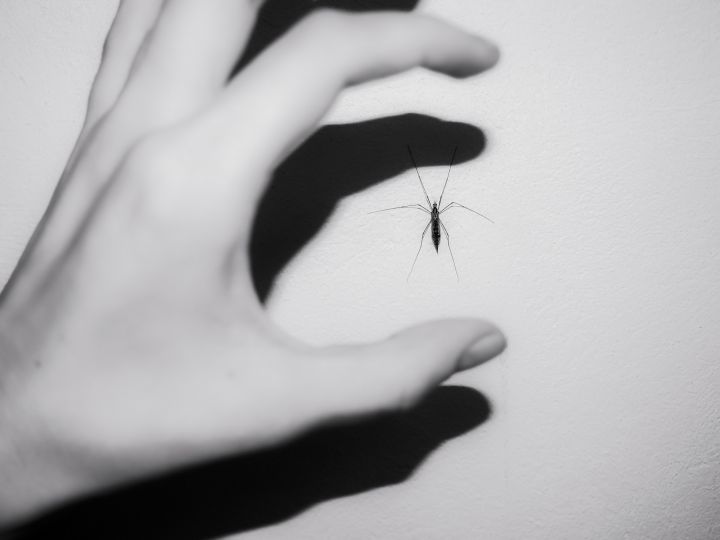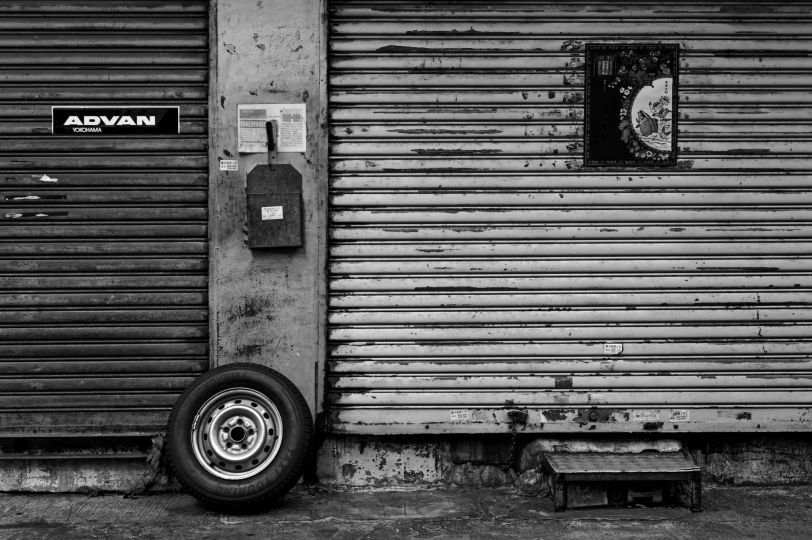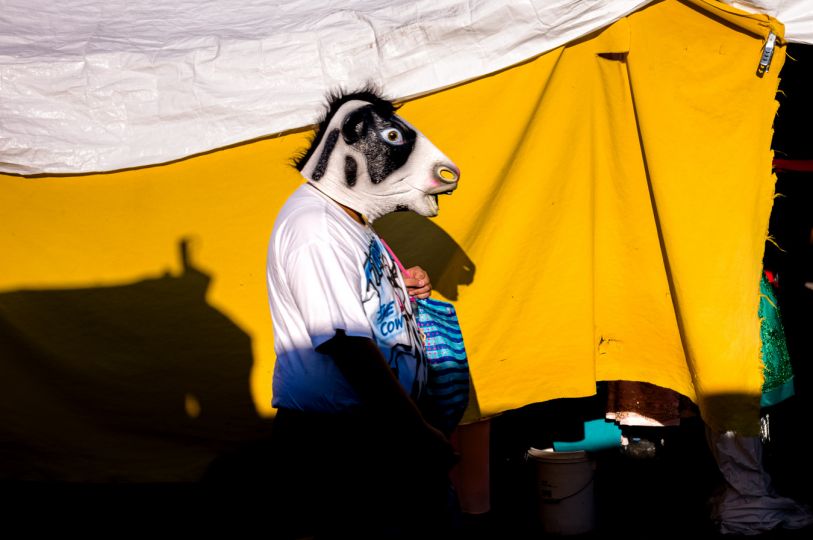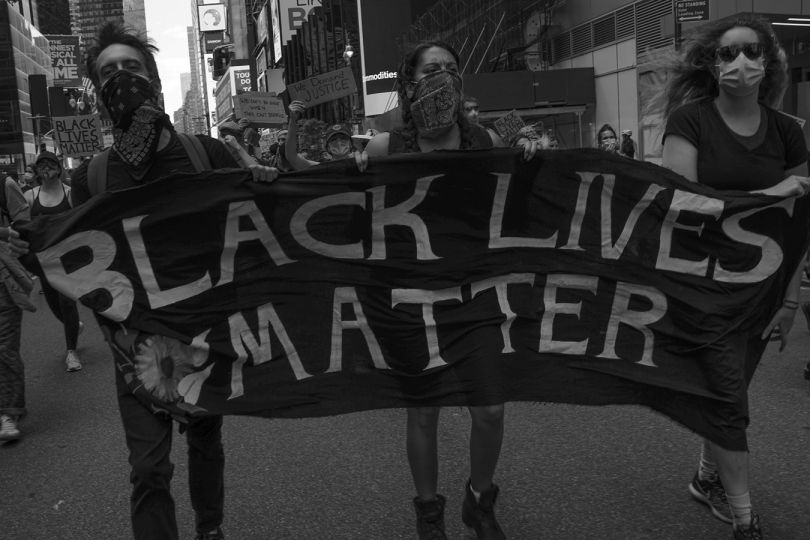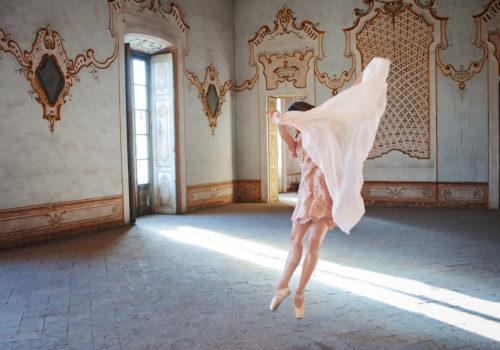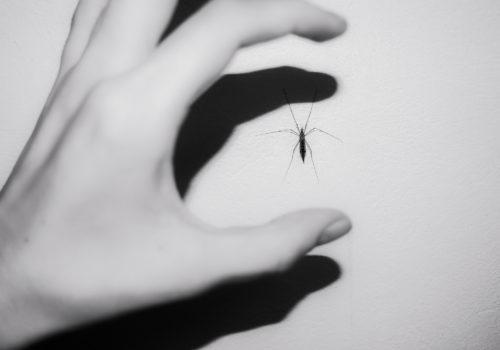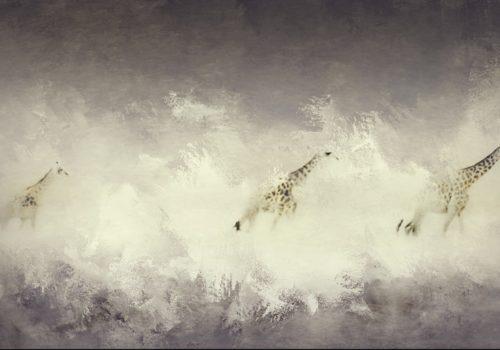On the centenary of the birth of Maria Callas (1923-1977), Milan is dedicating various initiatives to the great soprano, a true icon of the 20th century, as part of the CALLAS 100 programme. The whole city is involved and, as far as photography is concerned, the Gallerie d’Italia and the Museo Teatrale alla Scala are the places to mark in your visit booklet. The former with the exhibition Maria Callas. Portraits from the Intesa Sanpaolo Publifoto Archive (until February 18, 2024), the latter with Fantasmagoria Callas (until April 30, 2024).
The exhibition at the Gallerie d’Italia traces the artist’s life away from the stage through 91 photographs: a true photojournalistic journey, curated by the journalist, critic and television historian Aldo Grasso, and created using the heritage of Intesa San Paolo’s Publifoto Archive. Through these vintage prints, almost all in black and white, the less ‘public’ life of Maria Callas’ unfolds, from the first, dated 1 December 1954, which shows her with the three great conductors Arturo Toscanini, Victor De Sabata and Antonino Votto after a rehearsal of La Vestale, to the last, dated 7 December 1970, which marks her return to La Scala, next to Wally Toscanini and as a spectator.
Between these two photographs, there are shots of Maria Callas at her home in Milan, with her husband, Giovanni Battista Meneghini, and then with Aristotle Onassis (Publifoto took the scoop service shot in September 1959, that revealed their relationship to the world). But there are also pictures of her at the reception organized in her honour by the society journalist Elsa Maxwell in Venice (1957) or when she was surrounded by her admirers at the end of her “last” appearance at the Teatro alla Scala, where she performed in Il Pirata by Vincenzo Bellini (1958). Or together with Luchino Visconti, Piepaolo Pasolini, Franco Zeffirelli or at the Biki atelier.
Publifoto photographers (among them, Franco Giglio, Angelo Novi, Franco Gremignani, Nicola Giordano, Marco Emili, Danilo Pajola, Silvano Lucca, Aldo Guidi, Duilio Zanni, Danilo Ghillani, Carlo Alberto Pieri, Eugenio Pavone and Tino Petrelli) followed her everywhere, even beyond the stage. Many of these images have never been published or exhibited before and they embody the typical imagery of a photojournalistic agency. Maria Callas was the first opera singer to attract significant media attention, and the journalistic narrative about the artist goes along with her life as a woman, especially in her personal relationships. This made her one of the key figures in the headlines of the 1950s and 1960s.
The Publifoto Archive contains over 1,500 photographs of Maria Callas, in public and private settings, in Milan and beyond. It is a very interesting historical and iconographic resource, which provides crucial details for reconstructing the myth of a woman who left an indelible mark on her era. The Publifoto Archive consists of over 7 million photographs from the agency founded by Vincenzo Carrese in 1937 and acquired by Intesa Sanpaolo in 2015 to prevent it from being dispersed.
The Teatro alla Scala is also paying tribute to Maria Callas with an exhibition celebrating her legend. She was closely linked to the history of Teatro alla Scala, where she performed 23 opera titles in 28 performances between 1950 and 1961, including six season openings.
Fantasmagoria Callas is an exhibition which tells of the legacy Maria Callas has left on the imagination of contemporary artists: it begins with photographs of the artist in front of a mirror and some stage costumes, including one hand-painted by Salvatore Fiume. The figure of Maria Callas emerges in a multidisciplinary narrative, conceived especially for the occasion along a path that winds its way through the interpretations of musician and composer Alvin Curran, contemporary artist Latifa Echakhch and director Mario Martone. Francesco Vezzoli presents an installation with Maria Callas’s face laser-printed onto canvas sixty-three times, because, as the title of the work explains, Maria Callas ‘Played “La Traviata” 63 Times’. Each frame is adorned with blue metallic embroidery, evoking the idea of make-up and encouraging us to reflect on the soprano’s stage face and the intimate relationship she developed with the characters she was called upon to interpret. The exhibition concludes with a piece by fashion designer Giorgio Armani, who interprets the voice of Maria Callas in visual form. Fantasmagoria Callas, curated by Francesco Stocchi and designed by Margherita Palli, creates a dialogue between different art forms, invited to interpret the legacy of the icon Maria Callas.
Paola Sammartano
Maria Callas. Portraits from the Intesa Sanpaolo Publifoto Archive
November 9, 2023 – February 18, 2024
Gallerie d’Italia
Piazza della Scala 6
20121 Milan
https://gallerieditalia.com/en/
Fantasmagoria Callas
November 17, 2023 – April 30, 2024
Museo Teatrale alla Scala
Largo Ghiringhelli 1
https://www.museoscala.org/en/
https://www.museoscala.org/fr/
For other events of Callas 100: https://www.yesmilano.it/callas100

